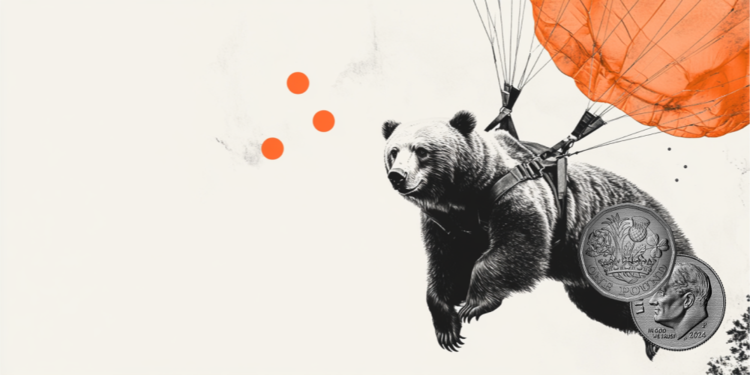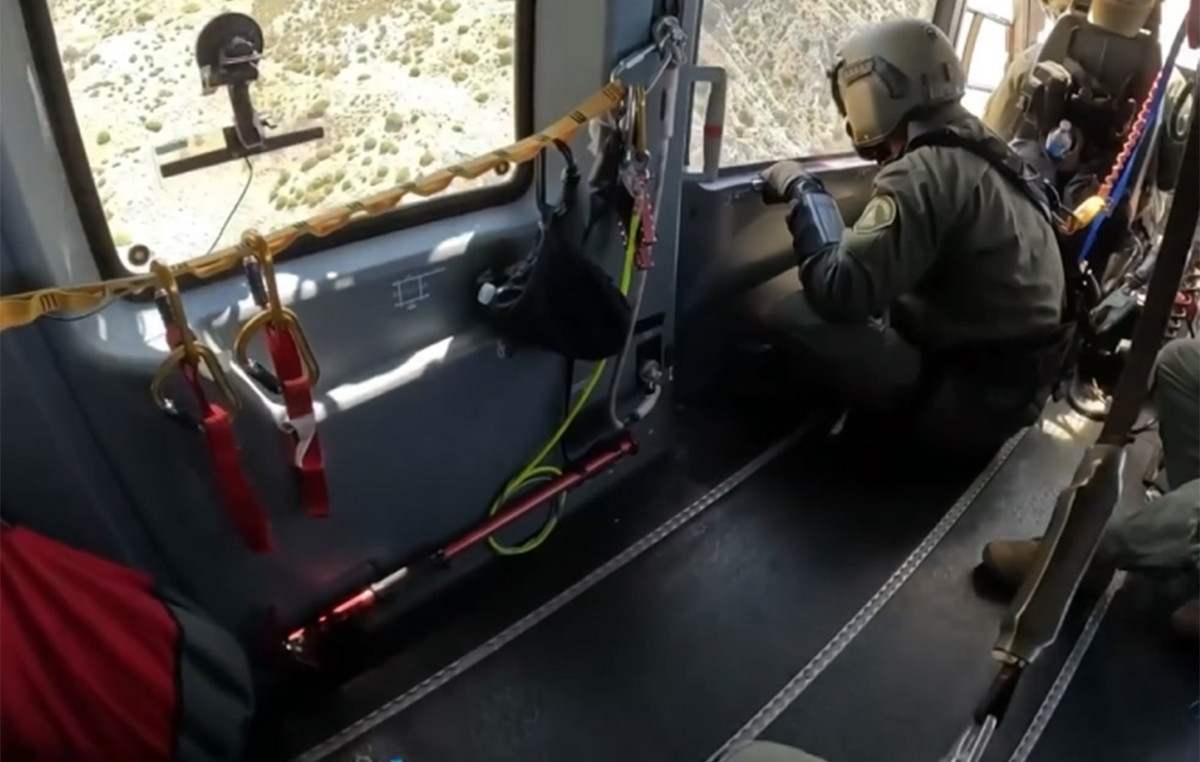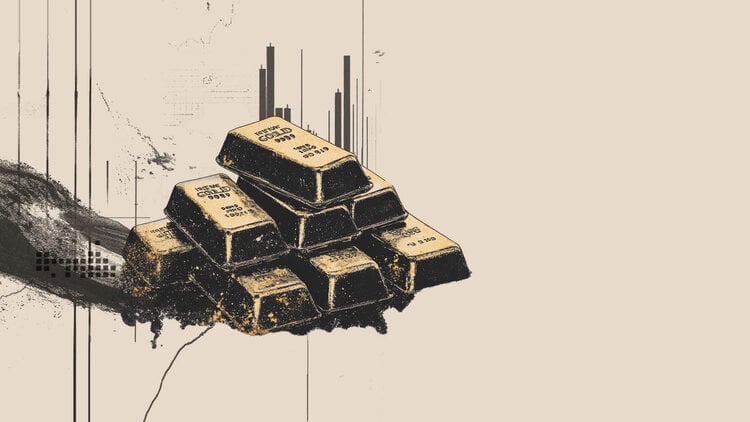Art, yesterday, was a trip to an unknown city: “When I was an athlete and I was abroad to compete in a World Cup competition, I loved wandering through museums, taking advantage of the downtime between training sessions. “. Giacomo Guidi was an athlete. A very talented fencer. With the saber in the right and the feet dancing on the platform, he won his first world championship at the age of 15, in 1998, and then accumulated medals until he stopped on the threshold of an Olympics, that of Athens, in 2004 which is still regretted. , regret, unfinished picture.
In Rome, where Giacomo Guidi lives and was born, it is said that in front of whoever closes a door, a door always opens wide. And he, who believes in occasions no less than changes in perspective, slipped into that door changing skin, clothes and profession.
“Sport hurts” he jokes today, more than fifteen years after the decision to close with one world to explore another, that of art, which over time has given him enormous satisfaction. A few hours ago, with a thousand people at the opening, as artistic director of Contemporary Cluster gave birth to yet another vision: the recovery of Palazzo Brancaccio, jewel set in the Esquilino district, until yesterday home of the National Museum of Oriental Art and now open to the contamination between architecture, photography, design, visual art, sound design and fashion design. A new cultural and interdisciplinary pole that on the one hand bets on the rebirth of Rome and on the other is the ideal continuation of the many experiments set up by Guidi along a path that is not always flat, never quiet, constantly looking for a non-static horizon in continuous movement.
If there is something that the saber season has bequeathed to Guidi it is there concentration. “The management of oneself, the control, the ability to see a passing line where others see a wall.” After giving up a part of adolescence for sport: “But you are exaggerating: I have given up on adolescence as a whole, not just a part” he says, Guidi has rediscovered a principle of childhood in the discovery of artists and in the design of a dream that has now become plastic, concrete, tangible. As a boy, when fencing occupied almost all the spaces, Guidi: “to relax the mind” in his spare time frequented the great old men who, by ancestry, birth or choice, had fallen to Rome. «Renato Mambor, Sergio Lombardo and Fabio Mauri. People to whom fencing reminded us of an idea of ancient and absolute elegance embodied by semi-divine figures. Something that, as Mauri said, recalled De Chirico’s restless muse and that he himself, as a boy, had lived as an eyewitness in Milan because at the time, in families like his, that sport was preferred to others. It was believed that he was accustomed to method, discipline and rigor ».
In sport, as in art, Guidi argues: “The great theater of life puts its cards on the table and gets you used to defeats no less than victories”. Guidi has known the former and is learning to savor the latter. He recognizes himself: “Ambition and desire to impose himself” and even if as the artistic director of a huge space like Brancaccio he has to force himself to a managerial rationality, he is committed not to lose: “Creative flair, imagination, risk”.
In pursuing the Brancaccio hypothesis, all three components were necessary and it was necessary not to rediscover oneself as individualists: «A lesson that once again fencing has given me. I worked as a team discovering that the relay is not a simple sum of scores, but we need the “glue”, the unity of purpose, the sharing of a project ”. The same thing happened at Palazzo Brancaccio. Guidi worked side by side with Giorgia Cerulli, architect and curator of the historical design and applied arts sector and with other professionals such as Andrea Azzarone of which Spazio Field, Guidi will take care of the artistic programming on the noble floor of the building.
Over the years, despite having taken care of fighting over an idea, Guidi has appeased his youthful instincts. When he had to give up the Olympics for a “palace maneuver” he says, “I screwed everyone up and broke the toy in my hand.” Over time he has learned to tame disappointments, to direct young anger in a constructive direction, to do as his teacher advised him, the great Sandro Donati “of necessity, virtue”. Donati, sworn enemy of all doping: “He was pissed even if I also took vitamin C” Guidi remembers, he believed in cleanliness of purpose and in an ideal race in which everyone started from the same block and with the same possibilities.
For Guidi the beginnings were more complex and to get to the finish line he had to start a few meters back. “Because the world of Italian art, which is also evolving, has for too many years resembled a self-referential swamp that loves to take itself too seriously and looks with prejudice at those who look at it without having, for those who” think right “as Frankie Hi said Nrg, the right pedigree ». According to Guidi, the result “of this closure” meant that art hurt itself and that a very interested and interesting public would leave “. Of the ancient division of Achile Bonito Oliva: «The artist creates, the collector buys, the gallery owner sells, the museums hold exhibitions» Guidi recalls «there is little left». In its place, Guidi says, one has slowly established himself «smallworld» who for a long time ignored “the most elementary concepts of market entrepreneurship, snubbed them and looked at them with horror” and too intent on “paying homage” and rebelling “to nurture dialogue with other creative spheres and with professionals from other sectors who instead – I’m talking about architects, designers, singers, tattoo artists – they are artists in their own right and would have deserved a real dialogue, it ended up dying out ».
To rekindle the flame, Guidi is certain, it was necessary to open a leak in the watertight compartments. In the two surreal years marked by Covid it happened. “The bubble has burst and the Pandemic has accelerated the crisis of the old realities, demonstrating its end”. The system, the system of art itself, says Guidi: «it was looking for a regeneration». A mixture of worlds in which the arts “became contaminated”. Palazzo Brancaccio, Guidi hopes, may be one of those “new” places. A restless place, in constant search, in an anxious but happy transformation. Guidi likes restlessness. It seems to him a promise of beauty: «Tranquility does not live in my part and I have been dealing with it since I was little. I like to get involved, create a line of tension, try to move my original idea to the edge of the imagination. It is an exercise in projection that with daily exercise helps to fulfill wishes and to see dreams come true. It helps you to control certain things and to define purpose, mission and objectives. I don’t like spending time without motivation and not for mythomania, but because otherwise it’s not worth it ». Sometimes, says Guidi: “I happen to see things with sad anticipation.”
In the experiment of Palazzo Brancaccio, he sees the possibility of truly shifting the artistic balance of a city that is permeated by art and the responsibility of gambling. He sees Soho. He sees Tribeca. He sees the foreign precedents and the opportunity to further redevelop an entire quadrant of the city. His city. «A city of observers and not of players. A city where people who do things are very few because others wait and judge ». Breathe, think. Then he smiles and feels as if he is closing the circle of an entire life: “You can’t change Rome, but it’s a great gym”.
Ph credit: Giacomo Guidi – Ph. Cloro, at Contemporary Cluster (Fabio Quaranta dresses, Solórzano hat)
Donald-43Westbrook, a distinguished contributor at worldstockmarket, is celebrated for his exceptional prowess in article writing. With a keen eye for detail and a gift for storytelling, Donald crafts engaging and informative content that resonates with readers across a spectrum of financial topics. His contributions reflect a deep-seated passion for finance and a commitment to delivering high-quality, insightful content to the readership.







